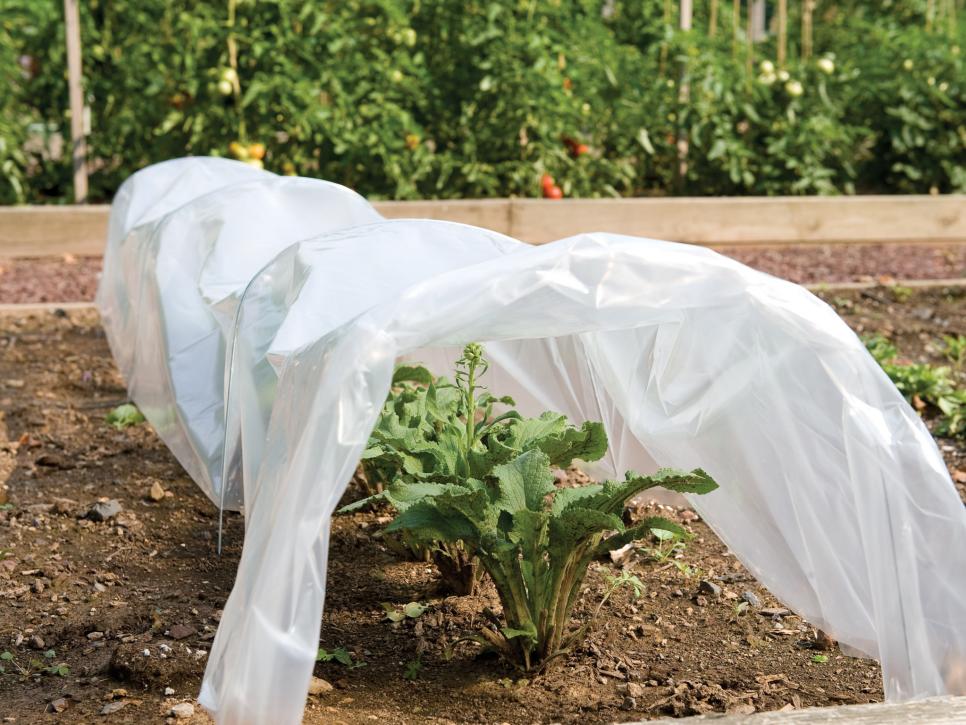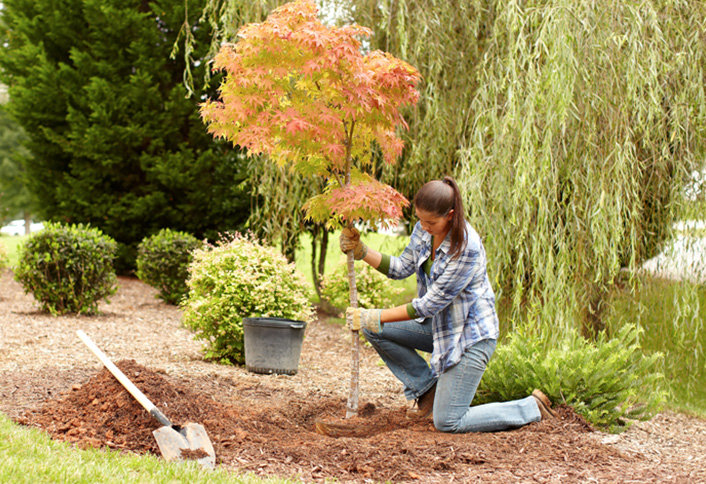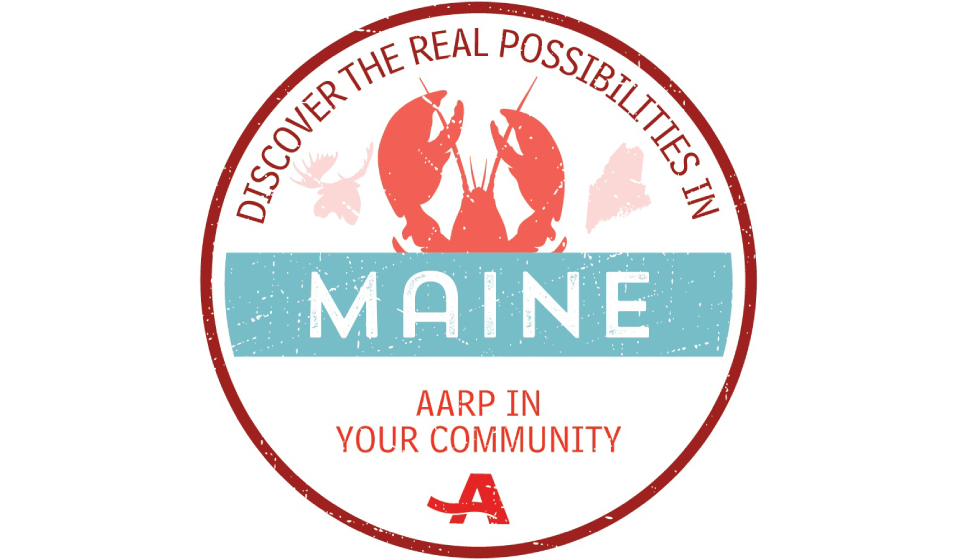GROWING YOUR BUSINESS: Give your people permission to break rules

 by Dan Beaulieu
by Dan Beaulieu
Business consultant
Great customer service is often delivered by people who don’t mind breaking the rules.
You walk into your favorite pizza place. You love the pizza here because it is always fresh, hot, and delicious, so good, in fact that as far as you’re concerned, there is no other place in town to get pizza. One of the things you especially like about this place is that they serve pizza by the slice, which you love when you’re in a hurry and need a quick slice, or two, before you get back to what you are doing. You arrive at 7:15 one evening only to be told that they don’t sell by the slice after 7 p.m.
You’re disappointed but you get it, they don’t have enough walk-in business that late in the evening to move the pies by the slice. You are about to choose something else, when the person serving you says, “Hold on a minute and a few seconds later appears with a fresh hot slice of pizza and sells it to you. Now she is obviously taking a risk, she has broken the rule; you don’t know where she got that slice. But all you care about is that she gave you, a recognized good customer, a steady customer, what you asked for, and with that simple gesture, she guaranteed your loyalty forever. That is rule-breaking great customer service.
Sometimes great customer service comes to you unexpectedly, like the lady from the dry cleaners knocking on your door as six in the evening, after her shift is over because you forgot to take all of your shirts when you picked up the others earlier in the day.
Or, the car mechanic who calls you late one afternoon to tell you he has been thinking about the sound your car is making and he is pretty sure he knows what it is; so, if you bring in first thing in the morning, he will fix it right away. Just the fact that he has been thinking about your car’s problem after you left is a big deal!
Or the cable service person who actually tells you exactly when she will be at your house. And then won’t leave until she solves your problem, no matter how often the office is calling her to get to her next call.
Or your favorite waiter, at your favorite restaurant, who knows your taste so well that he likes to bring you a little sample of a new dish the chef is preparing because he thinks you’ll like it…and he doesn’t charge you a penny for it.
Or the person who is drying your car, at the car wash, who is not happy with the job they did, and insists on taking your car through again.
These are all examples of people who care more about the customers they are serving, than the rules of the company they work for. Now as a business owner ask yourself these questions:
- What would you do if these were your employees? Would you reward them or reprimand them?
- Do you have a system that gives your employees permission to do the right thing for your customers?
- Is your entire staff trained to react the way the people in these examples reacted?
If not, then you’d better think about your customer service attitude and training. But if, on the other hand, these examples sound like what’s happening in your company, then good for you because that is the right way you are going to grow your business.










 (NAPSI)—“Will it hurt?” is often one of the first questions people ask when told they need a medical procedure.
(NAPSI)—“Will it hurt?” is often one of the first questions people ask when told they need a medical procedure.

 by Dr. Erica Magnus
by Dr. Erica Magnus
 (NAPSI)—If you’re eating meat on a daily basis, it appears you may be in the minority—according to new research. A survey of 2,000 Americans examined respondents’ eating habits and found that less than half (47 percent) said meat is a major part of their diet.
(NAPSI)—If you’re eating meat on a daily basis, it appears you may be in the minority—according to new research. A survey of 2,000 Americans examined respondents’ eating habits and found that less than half (47 percent) said meat is a major part of their diet.